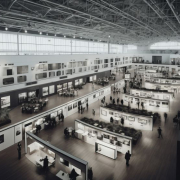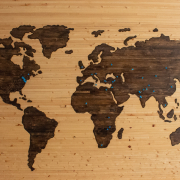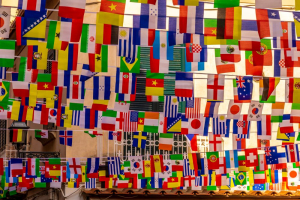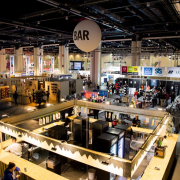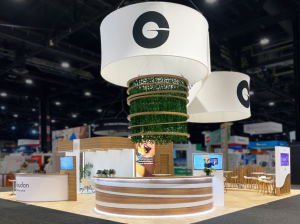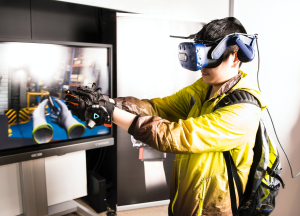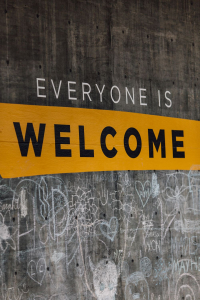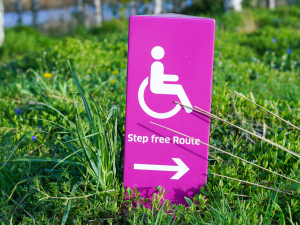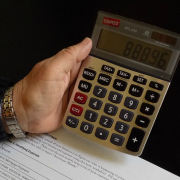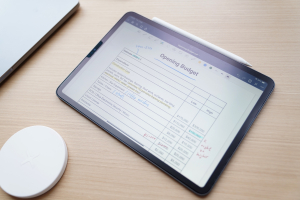How to Choose the Best Trade Show Booth Location
Are you planning to attend a trade show or event soon? Eyes may already be on you as visitors get ready to discover your offer, but there is an important question you need to answer: where should you put your trade show booth to maximize its impact?
Welcome to the fascinating and sometimes complex world of choosing the best location for a trade show booth. Think of it as a battle strategy, where every decision counts. A thoughtfully chosen location can propel your company to new heights, while a careless selection leaves your booth at risk of being lost in the shadows, and your hard work will barely be noticed.
The experts at totm exposition, who specialize in the manufacturing of custom trade show booths, guide you through the essential steps to transform your trade show booth location into a valuable strategic asset.
Trade show booth location: the key to attracting visitors’ attention
When planning to attend a trade show, choosing a good booth location is very important. In fact, it’s one of the decisive factors in making your trade show a success. Successful event project management begins with understanding why location is so important.
A strategic location can bring a steady flow of visitors to your stand. Main aisles, high-traffic areas and locations close to popular booths will naturally attract more people. More traffic means more opportunities to engage in conversations, present your products or services and, ultimately, convert visitors into potential customers or partners.
But location isn’t just about attracting visitors. It also influences brand experience. Being well-placed means your name and message are exposed to a wider audience, boosting brand recognition. It can also give you an edge over the competition by allowing you to be among the first booths visitors see and remember.
Preparing to attend a trade show: steps for choosing a booth location
If this is your first trade show, take the time to visit the venue as an outsider. This will help you assess which factors are important when choosing your trade show booth location. To maximize your success, check out our article on how to choose a trade show.
One of the first elements to evaluate is the logistical aspect of the location. Make sure your booth is well located for easy access, and that it meets your specific needs. For example, if you need space for a live demonstration or for trade show furniture, make sure your location can accommodate these requirements.
Also consider the proximity of practical areas such as toilets and rest areas for your comfort and that of your visitors.
The best trade show booth location: factors to consider
Trade show exhibition spaces offer a variety of possible locations for booths, each with their own advantages and disadvantages. Understanding your options is essential to making an informed decision. Book early, ask questions, and consider any planned entertainment when choosing the best location.
Here’s a list of factors to keep in mind when choosing the best trade show booth location:
- Main entrance: Identify the main entrance, often a focal point for visitors, and a place where strong first impressions are made.
- Number of entrances: Find out how many entrances there are, as this can affect the distribution of visitors.
- Direction of traffic: Observe how visitors move throughout the interior and identify areas with high traffic.
- Island stands: These can offer a good opportunity, as they will be surrounded by visitors, but remember that they are not always accessible from all sides.
- Large exhibitors: Note the location of large exhibitors, who naturally attract attention.
- Competitors: Research your main competitors and take notes on their booths and presentation.
- Lighting and windows: Evaluate where windows are located and consider your trade show booth lighting, which can affect the visibility of your booth.
- Conferences: Look for conference areas and note whether noise from these activities could affect your booth.
- Hanging signs: Check for suspended signs and verify the height of the ceiling, both of which can affect the visibility of your trade show booth.
- Obstacles: Be aware of potential obstacles such as columns or stairs that could block the view of your booth.
- Restrooms, rest areas and restaurants: Identify secondary areas that will be frequented by visitors.
- Required space: Determine how much room you need for your booth, based on your goals, the number of visitors and your budget.
Basically, prepare in advance, observe the venue carefully, and select your location based on the above factors to maximize your success at the event.
Advantages and disadvantages of being close to competitors
There is frequent debate around the pros and cons of placing a trade show booth close to competitors. You could argue that this location could attract an audience who are already interested in your sector, but being too close can also lead to direct competition for visitors’ attention, and take attention away from your booth.
You should carefully consider the advantages and disadvantages of being near to a competitor and consult the organizers to make an informed decision. If you feel that this would not be a good choice you, it’s important to ask for a different location.
Make sure you stand out with an attractive booth design. For best results, you can rent or buy a custom trade show booth. It’s also a good idea to register as early as possible. The longer you wait to register for the event, the less choice you’ll have when it comes to your booth location. Make sure to plan a trade show checklist carefully, leaving no stone unturned, from budgeting to communicating with your potential customers.
Choosing the right trade show booth location with totm exposition
Choosing the right location for your trade show booth is an important step towards a successful event. It can influence your visibility, your interactions with visitors and, ultimately, the commercial success of your participation.
At totm exposition, we understand the importance of every decision you make to promote your business.
Whether you’re opting for a strategic location or looking for creative ways to leverage your space, our team is here to help you achieve your goals. With our extensive expertise in exceptional trade show booth design, we’re ready to support you every step of the way.
Please contact us or take a look at our work to discuss how we can make your business shine, whatever location you choose.

